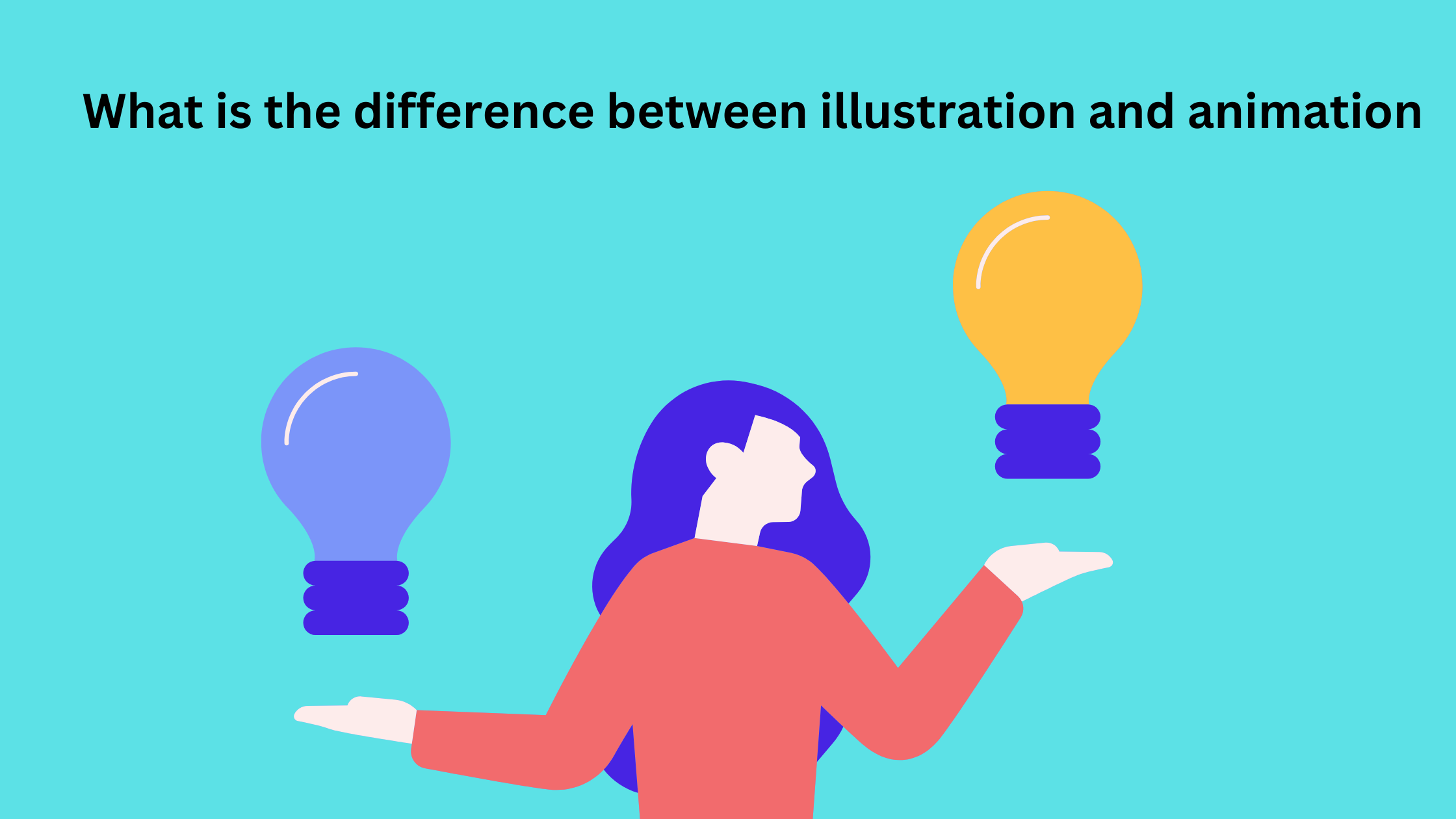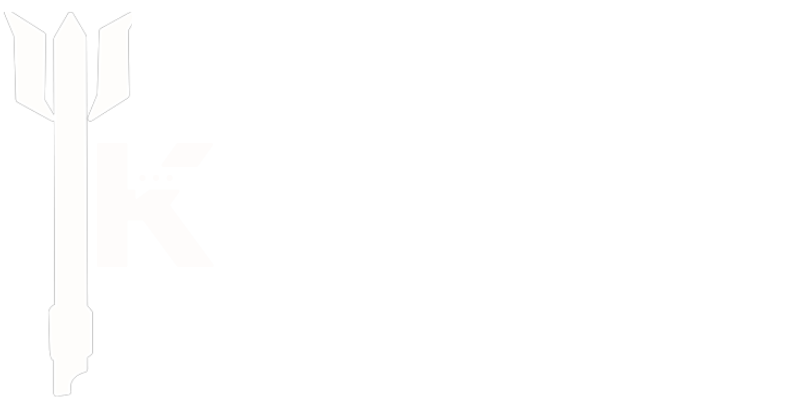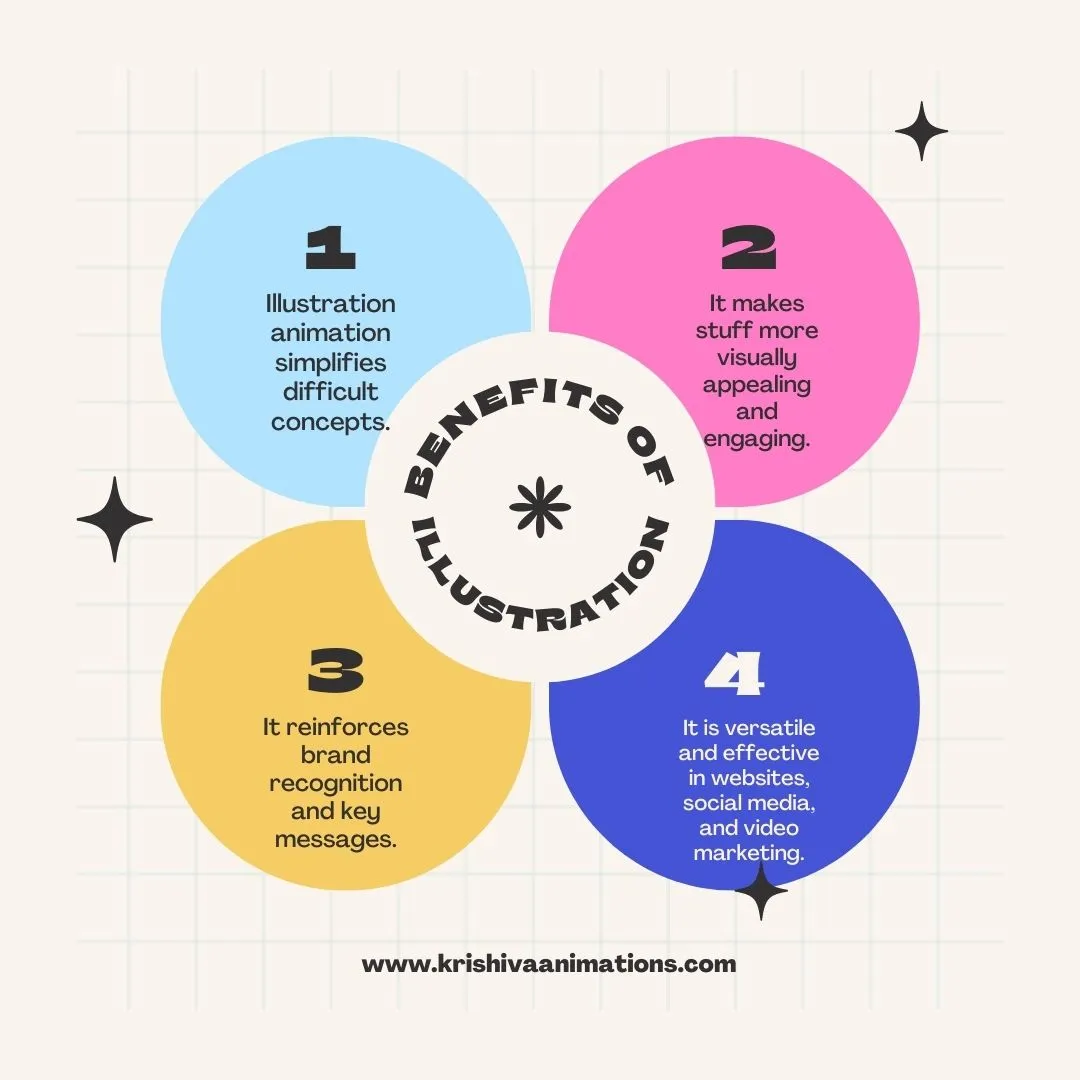
What is the difference between illustration and animation
What is the difference between illustration and animation
Illustration Animation are two distinct art mediums that have many things in common but also many different things in common.An illustration is a static work of art that usually only expresses one idea or message. Using methods like drawing, painting, or graphic design, it entails producing images of individuals, locations, or objects. Many situations, including editorial design, advertising, book covers, and packaging, call for the usage of illustration Animations.On the other hand, animation entails producing a succession of static pictures or frames that are played in order to create the appearance of movement. Characters and scenes are brought to life by animators using a variety of methods, including as classic hand-drawn animation, computer-generated animation, stop-motion animation, and more. Animations can be employed in a variety of settings, including movies, TV shows, video games, and advertisements.The primary distinction between animation and illustrations Animation is that the former is a static type of art, whilst the latter entails producing the illusion of movement. While animation can communicate more complicated stories and storylines, illustration often only conveys a single concept or idea.
The keypoints of digital illustration and animation can include the following:
- Creativity is key to bringing ideas to life in animation and art in a way that is both aesthetically pleasing and compelling.
- Software expertise: Digital animation and illustration require knowledge of programmes like Adobe Photoshop, Illustrator, and After Effects.
- Understanding design principles: To produce engaging graphics and animations, it’s essential to have a solid understanding of design concepts like composition, colour theory, and typography.
- Attention to detail: To produce polished, professional-looking animations and illustrations, a high level of attention to detail is necessary.
- Storytelling abilities are crucial for effectively conveying a message or idea to the viewer, whether you’re making a single graphic or a whole animation.
- Understanding many styles and techniques: Illustration and animation cover a wide range of these, and an in-depth knowledge of them can help artists produce distinctive and captivating pictures.
- Ability to work under pressure: As digital illustration and animation projects frequently are a part of larger projects with strict deadlines, artists must be able to work quickly and effectively manage their time.
- Collaboration: As working with other artists, designers, and clients is a common part of digital illustration and animation, effective communication and teamwork skills are crucial.
FAQ’S
Q1. Digital illustration – what is it?
Digital illustration is the creation of art using technological tools like drawing programmes, graphics tablets, and electronic brushes. It entails producing 2D graphics like comics, paintings, and sketches.
Q2. Describe animation.
By rapidly showing a series of still images that just slightly differ from one another, animation creates the appearance of motion and change. It is frequently utilised in movies, television shows, and video games and can produce 2D or 3D moving visuals.
Q3. What kind of software do I require for digital animation and illustration?
Popular software programmes for digital illustration include Adobe Photoshop, Illustrator, and Procreate. Software like Adobe After Effects, Toon Boom Harmony, and Autodesk Maya are frequently used for animation.
Q4. What advantages do digital animation and illustration offer?
Artists can work fast and effectively, make adjustments with ease, and create high-quality visuals using digital illustration and animation. They can be employed in a variety of different industries, from cinema and video games to advertising and marketing, and they can provide a wide range of creative opportunities.
Q5. How can I strengthen my abilities in digital animation and illustration?
You need to practise if you want to get better at digital animation and illustration. Try out various methods and aesthetics; follow tutorials; and ask other artists for their opinions. To connect with other artists and gain insight from their experiences, attend seminars or courses and think about joining online communities or forums.
Q6. How much time does it take to make an animation or illustration?
The complexity of the project, the artist’s level of expertise, and the equipment and software being used all affect how long it takes to produce an illustrations animation. While some drawings can be finished in a few hours, others might take several days or even weeks. Even more time is required for animations, with bigger projects frequently requiring months or years to finish.
Q7. How can I begin my career in digital animation and illustration?
You will need to make an investment in the required hardware and software, such as a graphics tablet and digital drawing software, to get started in digital illustration and animation. After that, you can start exercising and attempting various methods and approaches. To improve your trade and meet other artists, think considering enrolling in classes or workshops.
Benefits of digital animation and illustration:
- Flexibility: Digital animation and illustration are very flexible, allowing artists to rapidly and easily experiment with various techniques, colours, and styles.
- Efficiency: Working fast and efficiently with digital tools and software helps artists produce high-quality visuals with less time and effort.
- Editability: Digital images and animations, in contrast to traditional illustration and animation approaches, are simple to edit and modify, even after they have been finished.
- Cost-effectiveness: Digital illustration and animation might be less expensive than conventional techniques because they don’t require pricey supplies and machinery.
- Digital graphics and animations are more portable and accessible than traditional artworks since they are simple to share and transmit electronically.
Drawbacks of digital animation and illustration
- Learning curve: Digital animation and illustration involve knowledge of software tools and processes, which can be difficult for beginners to pick up.
- Digital animation and art depend on technology, which is sometimes prone to glitches, crashes, and other technical problems.
- Absence of tactile feel: Digital animation and illustration lack the texture and tactile feel of conventional creative forms, which could be a detriment to some creators and viewers.
- Digital effects run the risk of being overused, which would be unoriginal and creative. This is due to how simple they are to create.
- Because there are so many pre-designed digital materials available, there is a chance that the originality and distinctiveness of the artwork will be lost.
Overall, digital illustrations animation have several advantages, such as flexibility, efficacy, and affordability. They do, however, have certain disadvantages, including a challenging learning curve, reliance on technology, and the possible loss of creativity.

